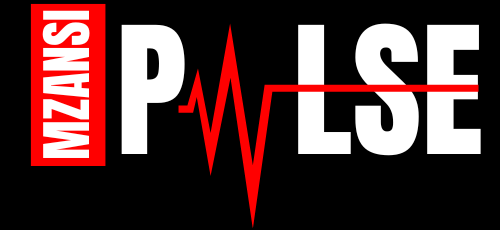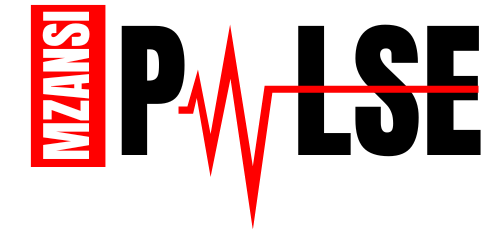Tiredness, headaches, leg cramps, coldness, loss of hair, increased bruising, decreased physical abilities and brain fog are symptoms that are too often dismissed as inevitable signs of ageing. However, these common complaints may actually signal iron deficiency and/or anaemia, conditions that are alarmingly common amongst the older population but are both preventable and treatable.
With proper awareness, nutrition, and medical management, older adults can maintain their vitality and independence and ultimately improve their quality of life. Yet with these symptoms frequently attributed to ageing itself, too often this at risk group slip under the radar within the healthcare system.
“There is an urgent need for proactive haemoglobin and iron store monitoring and management in this vulnerable population – if dealt with appropriately, it can result in significant improvements to health and quality of life,” says anaemia expert Sister Karin Davidson of the Cape Town Infusion Centre. She is urging people over 65 to get their iron levels checked.
Sister Davidson says she sees many older patients in her practice and has noticed the remarkable changes that occur once iron deficiencies are corrected. “What excites me most about treating iron deficiency and anaemia in these patients is witnessing the transformation,” says Sister Davidson. “We regularly see older patients regain energy they haven’t had in years, improving their cognitive function, and giving them back their independence. It’s not just about adding years to life – it’s about adding life to years.”
More Than Just Fatigue
With the common symptoms of iron deficiency and anaemia such as fatigue, forgetfulness, poor cognitive processing, as well as low mood often being blamed on the ageing process many patients go undiagnosed and untreated. “The truth is that low iron levels and/or anaemia can lead to serious health consequences, including falls, fractures and unnecessary hospital stays, so keeping track with regular blood tests is crucial,” explains Davidson. “Iron deficiency can significantly impact an older person’s vitality and independence long before it progresses to full anaemia and it is so treatable.”
The Surgical Risk Factor
The implications of undiagnosed iron deficiency/anaemia become particularly critical in surgical settings, where patients over the age of 65 face substantially higher risks. Research also shows that patients over 80 years of age have even more significantly elevated transfusion requirements during surgery, with additional risk factors including female gender and extended hospital stays.
“Proper patient blood management begins with optimising iron stores before any planned surgical procedure to decrease the risk of a blood transfusion being required – surgeries in this age sector also come with higher risks, so awareness is crucial” emphasises Sister Davidson.

Nutritional Strategies for Older Patients
Older patients face unique challenges that require specialised approaches. These include low absorption due to stomach acid production irregularities, medications for unrelated conditions, underlying diseases and lower caloric intake. Inadequate nutrition is a common cause of low iron stores for our seniors: reduced appetites and often a reliance on convenience meals can lead to less nutritionally dense meals. “Including iron rich foods such as animal proteins, some legumes and dark leafy greens are key in maintaining good iron levels,” adds Sister Davidson.
Sister Karin Davidson’s advice for families and caregivers:
- Request haemoglobin and iron study tests for older family members
- Ensure preoperative iron optimisation for planned surgeries
- Maintain regular communication with healthcare providers about fatigue or cognitive changes
- Focus on iron-rich nutrition as part of overall health management
- Recognise that treatment can dramatically improve quality of life
Sister Davidson emphasises the need to be vigilant about our older family members’ health symptoms. “Persistent fatigue, cognitive changes, or declining physical function in our older loved ones aren’t necessarily inevitable parts of ageing — they could be signs of treatable iron deficiency.” She encourages everyone over 65 and their family members to speak to their doctor about getting blood tests to check whether reduced iron levels could be responsible for these changes.


